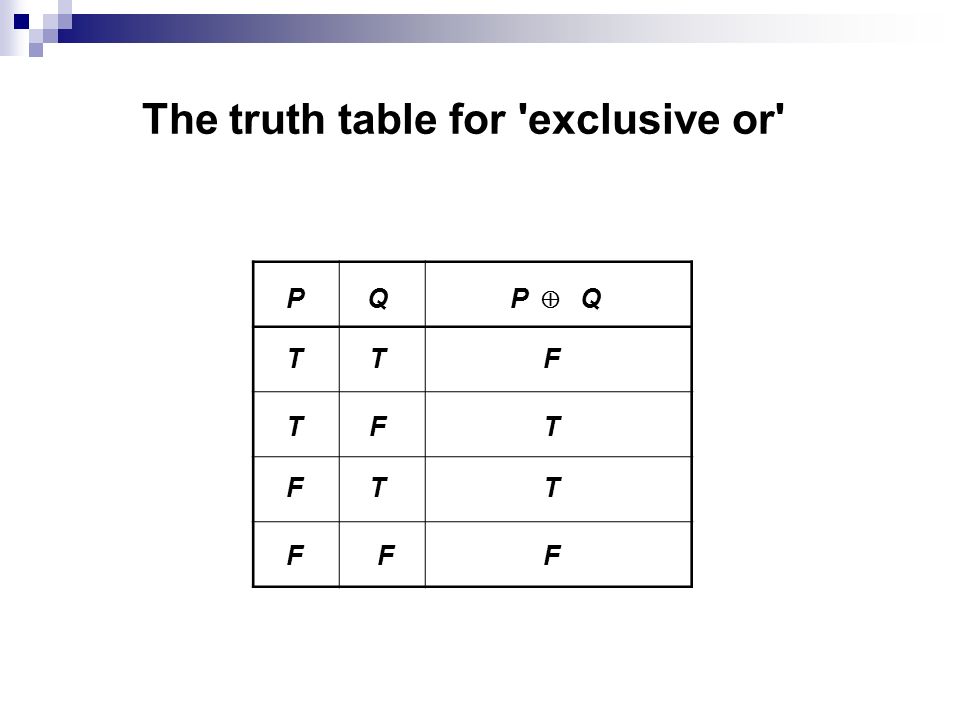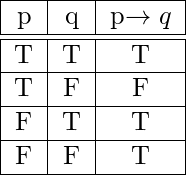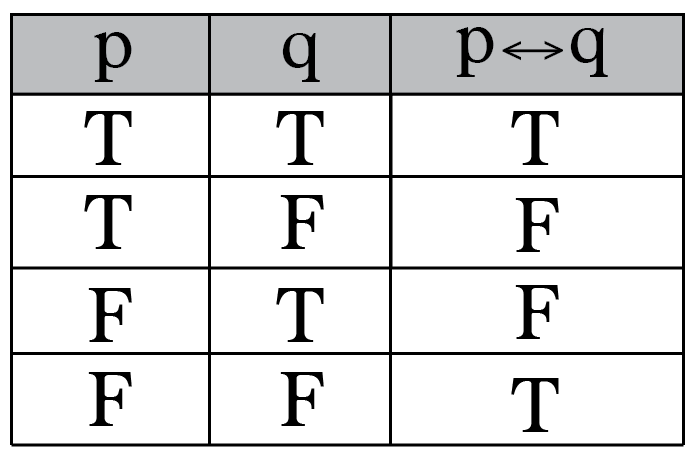What is Logic?
Logic is concerned with all kinds of reasoning, whether they may be legal arguments or mathematical proofs or conclusions in a scientific theory based upon a set of hypothesis.
Propositional logic:It is the simplest form of logic. Here the only statements that are considered are propositions, which contain no variables.
Because propositions contain no variables, they are either always true or always
false.
Examples of propositions:
• 2 + 2 = 4. (Always true)
• 2 + 2 = 5. (Always false)
Examples of non-propositions:
• x + 2 = 4. (May be true, may not be true; it depends on the value of x.)
• x · 0 = 0. (Always true, but it’s still not a proposition because of the variable.)
• x · 0 = 1. (Always false, but not a proposition because of the variable.)
Sentential Connectives:
To construct rather complicated statements from simpler statements by using certain connecting words
or expressions.
Atomic or Primary or Primitive:
Declarative sentences which can' be further split into simple statements
Example: I'm a Professor.
Composite Statements:
New statements can be formed from atomic statements through the use of connectives.
Example: I'm a Professor and Animation Director.
~ In our everyday language we use connectives such as "and", "but", "or", etc., to combine two or more
statements to form other statements they resulting statements are called Compound or Molecular
Statements.
Statement or Propositions:
It is a statement that is either true or false but not both.
Example:
~ Tirunelveli is a one of district in Tamil Nadu ->True
~ 1 + 1 = 2 -> True
~ 3 - 5 = 7 -> False
Compound Propositions:
They are formed from existing propositions using logical operators.
"T" is denoted by True in a truth table
"F" is denoted by False in a truth table
Truth value:
The truth or falsehood of a proposition
Truth Table:
A table, giving a truth values of a compound statement in terms of its compound parts.
Connectives:
They are used for making compound propositions,
Negation:
Conjunction:
~ The conjunction of two statements P and Q is the statement which is read as "".
~ Whether both P and Q have the truth value T; Otherwise it has the truth value F.
Example:
P: It is raining today.
Q: There are 20 tables in this room.
SOLUTION: It is raining today and there are 20 tables in this room.
Normally, In our everyday language the conjunction "and" is used between two statements which have
some kind of relation and also in logic gate "AND"
Disjunction:
~ The disjunction of two statements P and Q is the statement which is read as "P OR Q".
~ The statement P V Q has the truth value F only when both P and Q have the truth value F; Otherwise
it is true.
Example:
P: Today is friday.
Q: It is raining today.
SOLUTION: Today is Friday or it is raining today.
This proposition is true on any day that is a Friday or a rainy day (including rainy Fridays)
and is false on any day other than Friday when it also does not rain.
Example:
P: Today is friday.
Q: It is raining today.
SOLUTION: is “Either today is Friday or it is raining today, but not both”. This
proposition is true on any day that is a Friday or a rainy day (not including rainy Fridays) and
is false on any day other than Friday when it does not rain or rainy Fridays.
~ This follows from the Explosion Principle which says - “A False statement implies anything” Conditional statements play a very important role in mathematical reasoning, thus a variety of terminology is used to express , some of which are listed below.
"if, then
" "
is sufficient for
" "
when
" "a necessary condition for
is
" "
only if
" "
unless
" "
follows from
"
Example:
P: Today is friday.
Q: It is raining today.
SOLUTION: "If it is Friday then it is raining today” is a proposition which is of the form
. The above proposition is true if it is not Friday(premise is false) or if it is Friday and
it is raining, and it is false when it is Friday but it is not raining.
"is necessary and sufficient for
" "if
then
, and conversely" "
iff
"
P: Today is friday.
Q: It is raining today.
SOLUTION:







Comments
Post a Comment